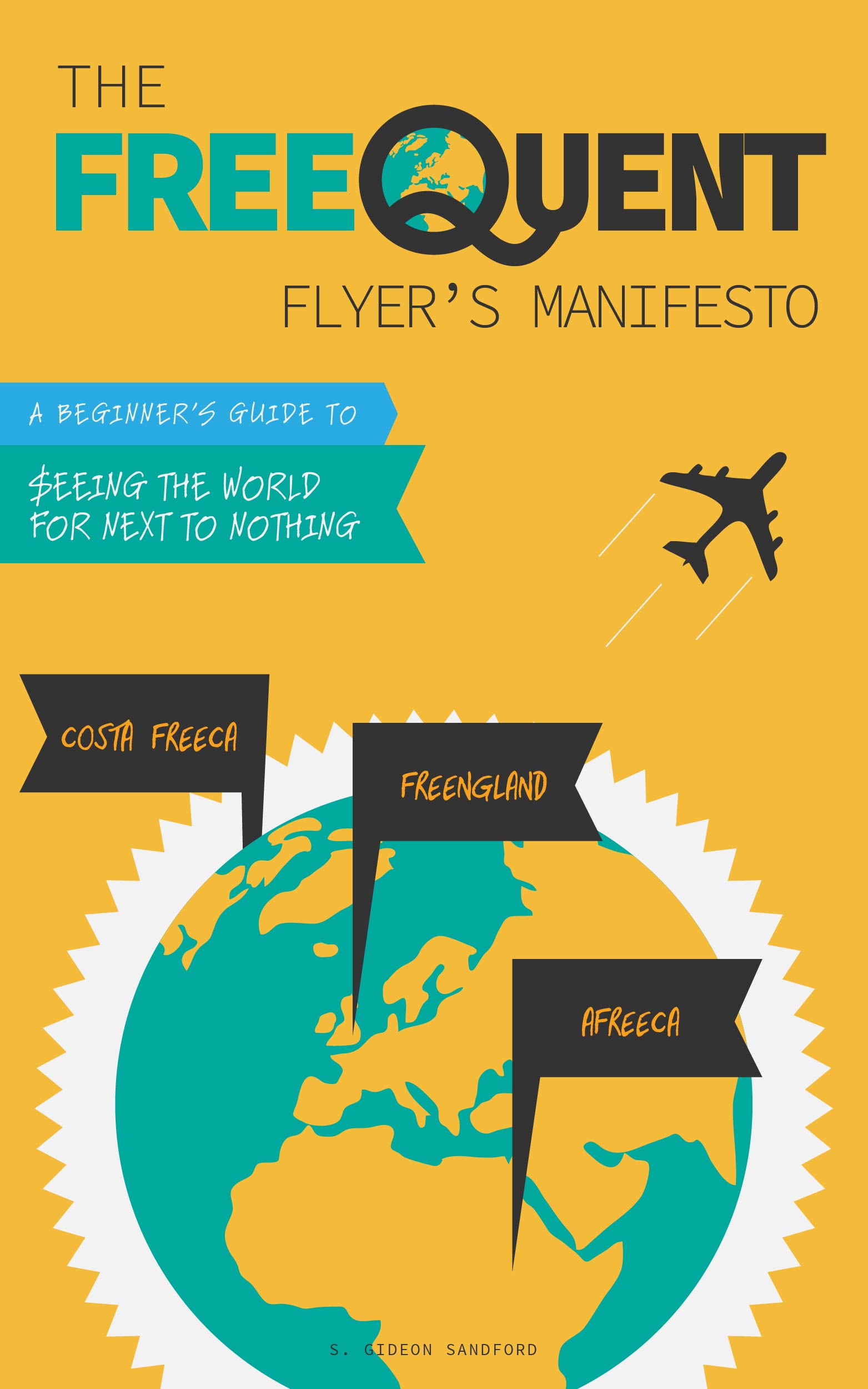Here's when it really makes sense to make Evolve Money payments with credit cards
/It's no secret that I'm proud of my initial research on Evolve Money soon after the service first launched. I experimented with and described a number of possible uses of Evolve Money, like making contributions to 529 College Savings plans and making mortgage and student loan payments. If you were buying prepaid debit cards with a 5% cash back credit card, or American Express gift cards, making such payments with Evolve Money might completely negate any interest on the underlying loan, or give your college savings a nice upfront bump in value (since your true basis in the savings would be lower due to your credit card rebate).
In conducting that research I even discovered (and shared in the newsletter I send out to blog subscribers), that Evolve Money accepted some Visa and MasterCard credit cards, and that such payments were processed as purchases. Pace affiliate blogger Daraius Dubash this was not a "short-lived" glitch, but rather one that worked continuously from the time I discovered and shared it on February 2, 2014, until a few days after he publicly and excitedly revealed it to his readers on May 15, 2014.
Now Evolve Money is again allowing credit cards to be used for bill payments, but with a 3% surcharge. This is a terrible idea, but you already knew that. Rather than tell you what you already know, I thought I'd brainstorm: when does it make sense to pay a 3% fee to charge bill payments to your credit card?
You need time to pay
On the one hand, paying 3% up front in order to take out a short-term loan is a terrible idea. It's loans like that which result in the insane interest rates you hear about on payday and car title loans.
On the other hand, if you don't have the cash available, I can imagine a few instances where the numbers add up. For example, if you're in a high tax bracket and your state allows you to deduct contributions to a 529 College Savings plan from your income, and you forgot to contribute until the end of the year, you might not have the cash for a contribution immediately available. Instead, you could make a payment using Evolve Money, taking a 3% hit up front but saving more than that when you file your taxes.
Likewise, if your landlord is a biller in Evolve Money, you don't have the cash available to make your rent payment, and your landlord charges more than 3% in penalties for late payments, you might come out ahead taking out a short-term loan by paying him using your credit card (keeping in mind that if your rent is less than $500, you'd be better off buying a prepaid debit card and paying with that).
You're incapacitated
If you're in an accident and wind up in the hospital, or you're stranded by an avalanche in a ski chalet with nothing but firewood, a bearskin rug, and your smartphone, you may find that you can't log into your accounts in order to make payments. As long as you have your smartphone, remember your Evolve Money login credentials, and have a linked credit card, you can make essential payments like your cell phone (or, given the first example, your health insurance). It's not ideal, but these things do happen!
You're abroad
Even if you find the last few scenarios outlandish, you might be able to relate to this one. If you're overseas and a big credit card signup bonus comes along, you might be tempted to apply, but not have access to the techniques you usually use to manufacture spend. There are a number of cheaper ways to meet minimum spend requirements (even if you're committed to using Evolve Money, you could fund a Nationwide Visa Buxx card and use that to make an Evolve Money payment for free), but as a last resort you could fund bill payments directly with your new credit card.
Likewise, if your credit card is lost or stolen shortly before the end of the period allotted to meet your minimum spending requirement, but you have the card's information recorded separately, you could use Evolve Money rather than wait for a new card to arrive in the mail.
Any others?
Hopefully these examples illustrate the outlandishness of funding Evolve Money payments with credit cards! Just go to the drug store, gas station, or grocery store, pick up a prepaid debit card, and pay with that instead.
Can my readers think of any other situations where a 3% fee would be a small price to pay?


